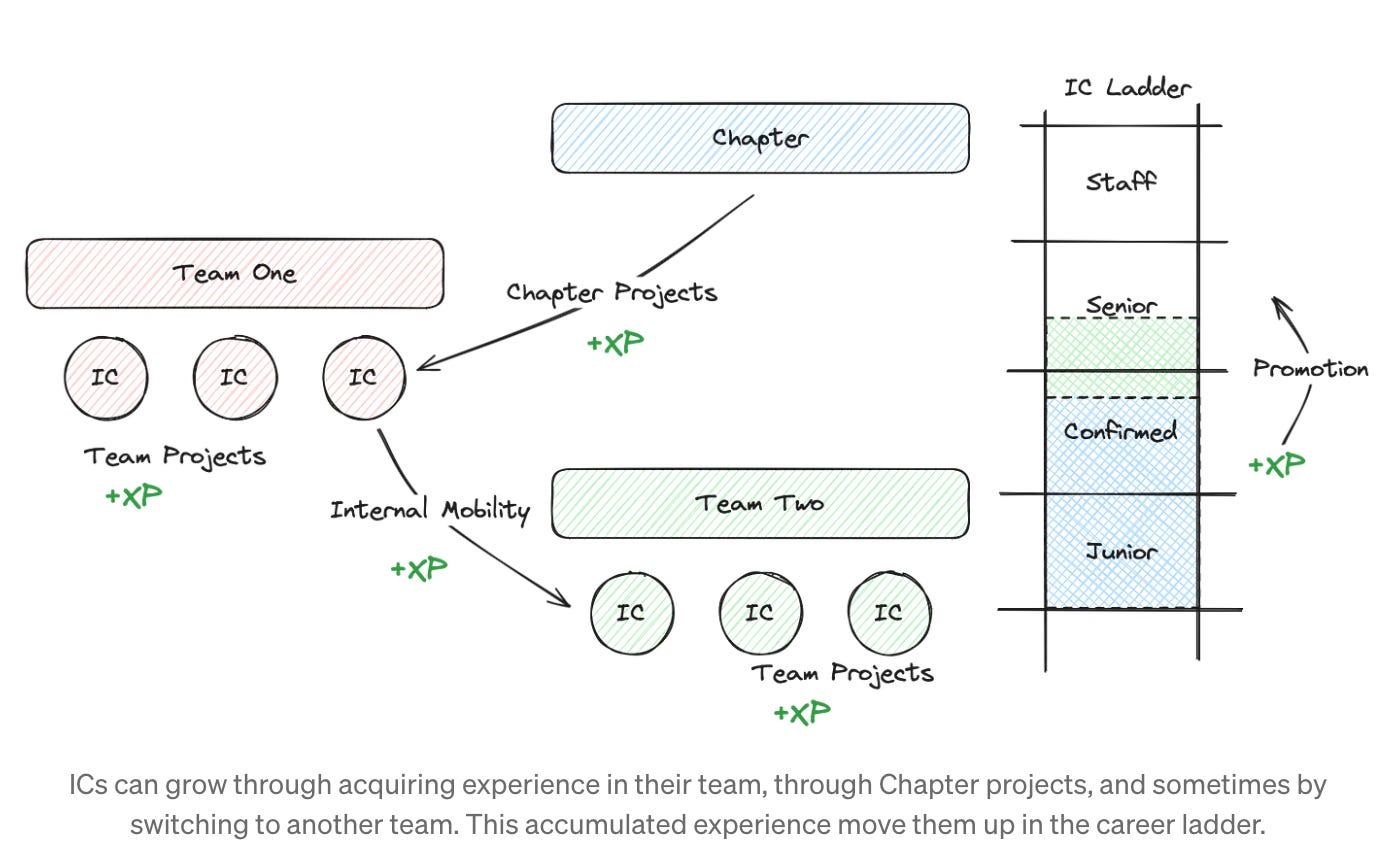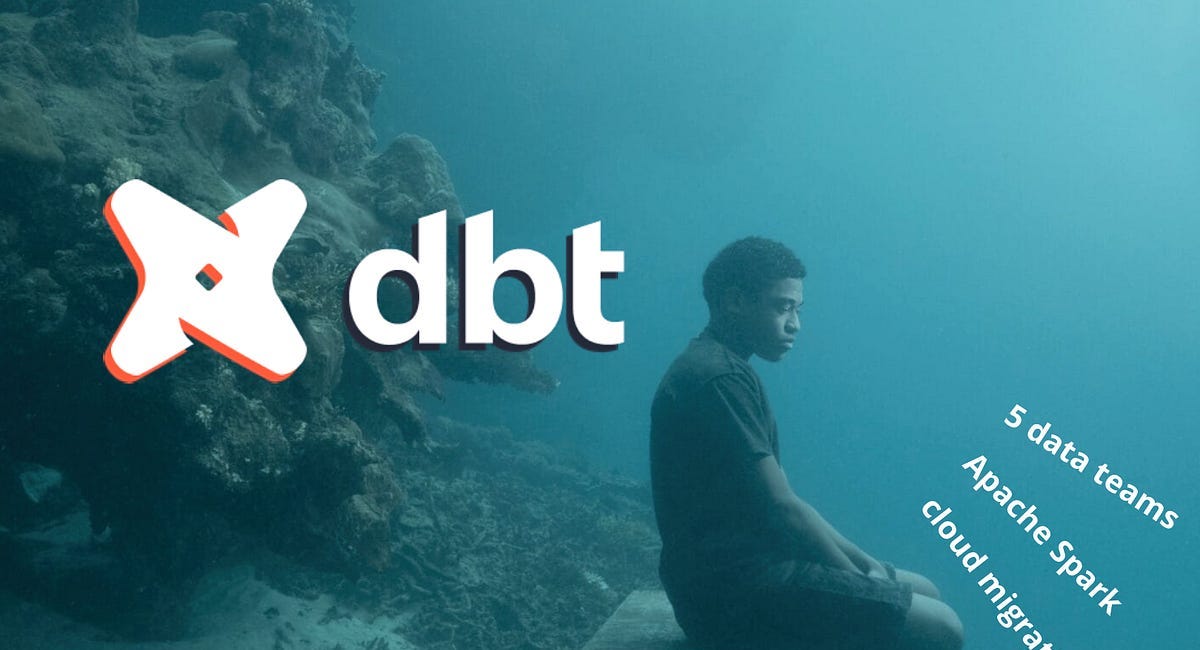Long story short: it's always about us. People.
This month I wrote about my failure to implement dbt in a previous experience. By listing the points of my failure I realized how much most of the success factor was about the people. Not the actual tool.
This may be obvious. But it's worth repeating again and again.
Biased by my current work focusing on solution engineering, sales, product, and marketing, I see how much tech rarely matters in business decisions. The result of tech matters but it's deeply tied to the people using the tech rather than the actual software.
Software should be soft.
Human resources should be human.
Now, the big question is: how can we, as agents with different motivations, work together effectively?
Let's take for example data governance. Data governance is not about tooling. Not at all. It's about finding soft processes that nudge people's incentives in the right direction. To make data a valuable asset all over the company.
I won't provide an answer to this one today. Please subscribe to Charlotte's newsletter for that.
Here's the upside: while we engineers may not be explicitly trained to prioritize users, we have a great opportunity to bridge that gap.
Next project time! Think about how it could help people, not just the tech stuff. It'll clear expectations and help you see how it could work in the real world.
📡 Expected Contents
Unexpected Tips for Data Managers
Emmanuel Martin Chave, VP of data at Blablacar1, comes with a well-written piece about the role of managers in data initiatives.
“Becoming a Manager is not a promotion for an IC. It’s a different job.”
Job To Be Done
Product thinking wasn't something I was used to prior to my data engineering education and experiences.
I've been learning so much on that subject since working at Kestra. Especially alongside the great Anna Geller, our Product Lead.
One read that seriously upped my game in the subject: When Coffee and Kale Compete: Become great at making products people will buy. If you don't know about the Job to Be Done framework I highly recommend this read. Long story short: the jobs-to-be-done framework is an approach to developing products based on understanding both the customer's specific goal or “job,” and the thought processes that would lead that customer to “hire” a product to complete the job.
I raced through the book in 3 days.
In a recent Data Council talk, it's the great Abhi Sivasailam who showcases the same thinking applied to data. My favorite talk for this 2024 edition.
XMR charts
What's to be data-driven?
To me, it's how much you rely on data to make decisions or to forge your opinions
Most business metrics are extremely noisy. They wiggle up and down.
Imagine if you could know, for SURE, whether the numbers you're looking at are normal … or not.
These great tag lines introduce this methodology (actually graphics) called XmR charts.
If you're willing to create a first data-driven strategy to drive business decisions, I think this one is nice to keep under the hood.
What Is the Best Advice You Have Ever Received?
What a great resource from Olga!
She reached out to her network of analysts and data experts with on question: What is the best advice you received that changed your career?
In this post, she shared some wonderful responses she received. Definitely inspiring. If I had to choose one:
Look for ways to replace yourself. Early in your career, you get ahead by being the best analyst -- the person who knows the data better than anyone else. That quickly changes. To truly advance, you need to find ways to hand off your responsibilities to someone else.
It'll be painful in the short term. You'll feel uncomfortable. You'll need to rethink your work identity. But it's what unlocks your ability to be proactive, rather than reactive, and to point out opportunities to improve that nobody else sees. If you're not uncomfortable, you probably aren't growing.
📰 The Blog Post
How I Failed to Implement dbt in my Previous Job
Did my slide deck come across as rubbish? Did I talk too fast? Too technical? Why did no one ask a question? These were the questions I asked myself after presenting what dbt is in front of all the data teams of the company. In this blog post, I’ll share the backstory of my failure to convince more than 30 people to move forward and migrate data transformation over dbt.
🎨 Beyond The Bracket
I recently came back from a two-week road trip, with three days dedicated to taking photos in the biggest desert in Europe: Bardenas Reales
That was the first time I brought my "big Bertha" film camera - a Mamiya RB67 - in such a trip. It was the second time I used it. What could go wrong?
This:
See that light leak from the left part of the image? It's what happens when you bring a 50-year-old film camera you're not really used to yet - in a desert.
At first, I was sad about this. Moving for two weeks, in the desert, investing in films, taking pictures, etc. Only to get flawed results...
But what's surprising is how I feel now, a few weeks after getting the film back from the lab.
More than 50% of them have these kinds of leaks. So Yes, I've captured some nice shots hopefully, but the most important thing in the end was the process. I'm so happy to have road-tripped in the desert, played with my camera, and made these errors.
I even thought I could use some GenAI magics to remove these leaks (work in progress) which uncovers how much the medium is definitely not what pushed me to start film photography a few years ago.
What I like here is the process. Not the hammer, the craft. What's yours?
May & June are like these Sunday family lunches, lasting hours and where we're eating too much cake.
I feel the urge to step back and slow pace everything. To come back bolder in September.
Can't wait to be in summer: the Olympic Games starting here in Paris end of July, my favorite artists just released wonderful albums, I have a ton of great books to read, and I know the sun will come. Everything is here.
Hope everything flows on your side! See you soon 👋
and also investor in Kestra







